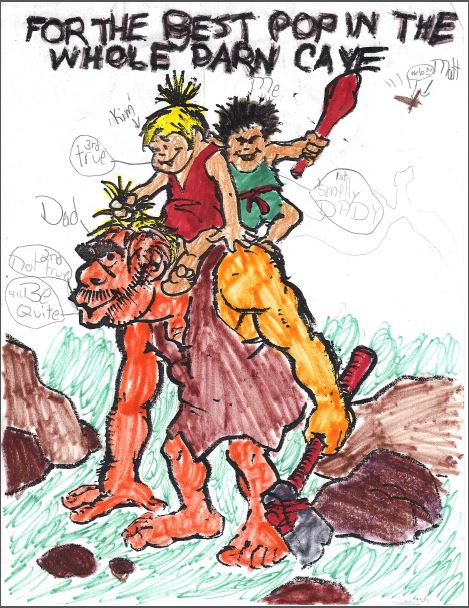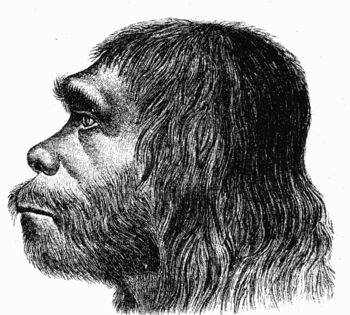The Gravestone Girls
This post is directed mostly at the folks living here or near Western Massachusetts. Full Disclosure: I’m promoting a presentation that will take place this Wednesday night at the April meeting of the Western Massachusetts Genealogical Society of which I am a board member. The reason is simple. I think this will be one of the most interesting presentations we’ve had in a long time! We’re hosting the Gravestone Girls.
The presentation will be held at the Agawam Senior Center, 954 Main St, Agawam, Massachusetts. There’s a little bit of Society business at 6:00 PM and then the program begins. Free and open to the public. We’d love to have you there! We’d love to have you join!!
Here’s their press release
Historic Cemetery Documentation and Mortuary Art
The Gravestone Girls’ mission is to “Keep Our Dead Alive!” We create decorative artwork using the beautiful and primitive images carved on olde New England gravestones; give lectures on cemetery art, history and symbolism as well as teach gravestone rubbing classes! Our work aims to entertain and educate on the historical perspective of old cemeteries by documenting and preserving the beautiful art they contain.
To produce our three-dimensional art pieces, we perfected a casting technique which exactly replicated the original gravestone carving. The creations in our collection are derived from 17th-21st century gravestones found in cemeteries throughout the New England region. All our pieces are hand-formed and finished in a process we specifically developed. It’s important to note that no stones are ever harmed by our techniques—preservation is our primary concern!
Artwork by The Gravestone Girls is used to decorate the home and garden, provide a resource for historical education and fundraising as well as assist people in the genealogical documentation of their ancestral gravestones. Wall hangings, jewelry, magnets, clocks and other interior and exterior pieces are the result of our artistic endeavors. We regularly make our craft available to families desiring a memento from a sacred resting place. We also develop collections of important images related to a town’s history to be used as a method to raise money for cemetery restoration projects, fund other historical related projects and help support a group’s future activities.
History lessons are a Gravestone Girls’ specialty! We regularly deliver lectures on the art, history and symbolism of gravestones and the evolution of cemeteries from the 17th century through modern day. Our programs are tailored to the town, group or organization we are speaking to; and a thorough examination of local burial grounds is conducted prior to the event. Photographs are collected from our exploration and used to build a comprehensive ninety minute presentation.
We would be honored by the opportunity to develop a special commission piece of your family’s historic gravestone, present a lecture to an organization you are involved with or participate in another aspect of your local history! Feel free to inquire!
The Gravestone Girls endeavor to help preserve a rich folk art tradition unique to our nation. We hope you are intrigued enough by our activities to investigate and expand on the special history which lives in everyone’s backyards.
Brenda Sullivan, Maggie White & Melissa Anderson
The Gravestone Girls – Putting the ‘Rave’ Back in Grave!








